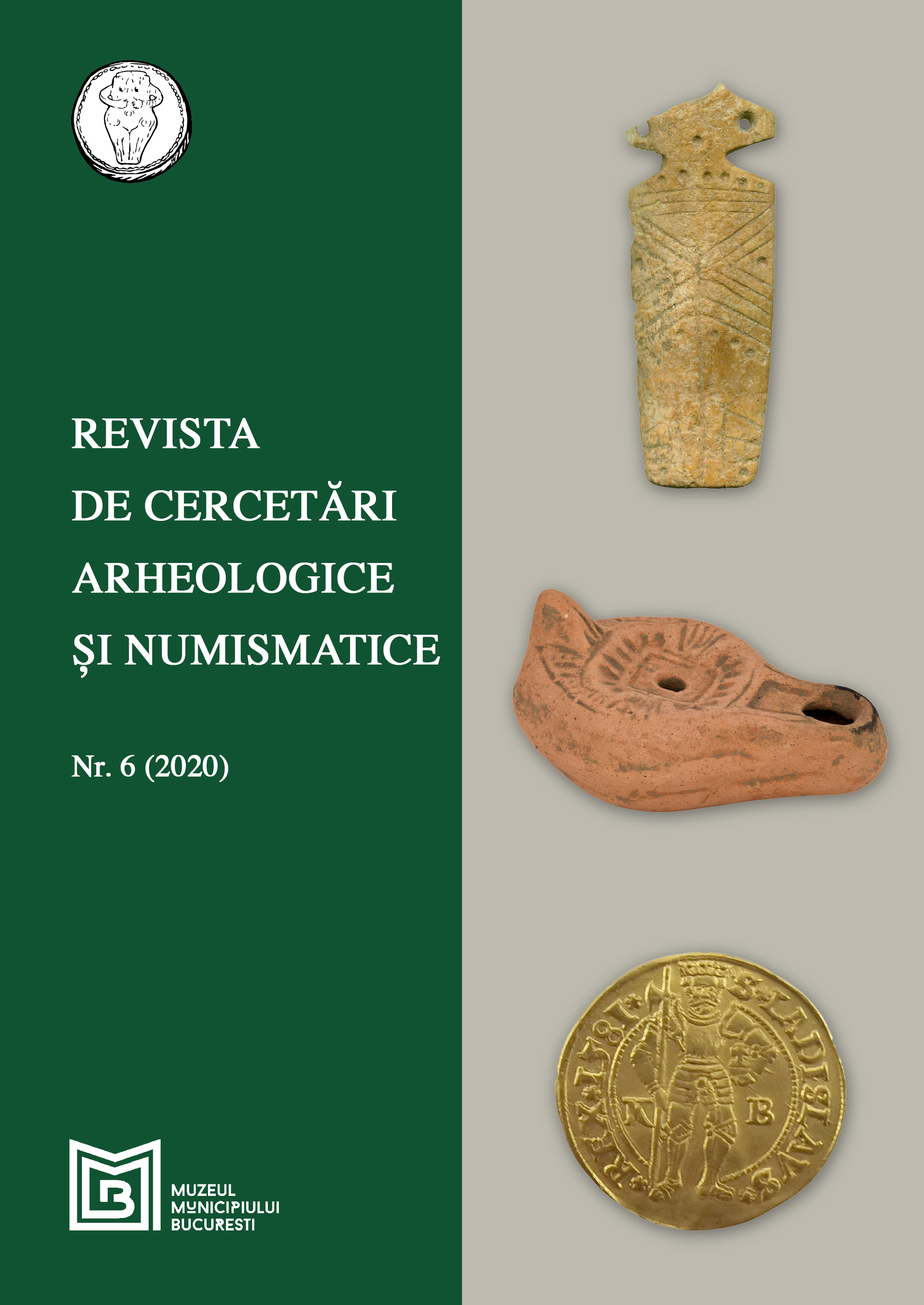REFLECTIONS ON A ROMAN IMPERIAL TYPE COIN DIE DISCOVERED AT DOLJEȘTI VILLAGE (NEAMȚ COUNTY, ROMANIA)
REFLECTIONS ON A ROMAN IMPERIAL TYPE COIN DIE DISCOVERED AT DOLJEȘTI VILLAGE (NEAMȚ COUNTY, ROMANIA)
Author(s): Emanuel Petac, Vitalie Josanu, Andrei Gheorghe PrichiciSubject(s): History, Archaeology, Economic history, Local History / Microhistory, Ancient World
Published by: Editura Muzeului Municipiului Bucuresti
Keywords: coin die;denarii;Marcus Aurelius;Doljești;Barbaricum;
Summary/Abstract: A Roman imperial type fragmentary coin die was recently discovered on the territory of Doljești village. Consisting only of part of the reverse, representing probably Providentia, it also preserves a part of the legend (TRP XXI IMP…) suggesting the period of Marcus Aurelius’ reign (RIC 170, years 166-167 A.D.). Until now, the single coins die of Roman imperial type discovered in pre Roman Dacia was discovered at Sarmizegetusa Regia, from Tiberius’ period for Divus Augustus. From the area we know of several archaeological sites – the necropolis from Moldoveni (2nd-4th c. A.D.) or Podoleni-La Ruine (Carpic settlement 2nd-3rd c. A.D.) and many others. This is the latest coins-die known until now beyond the Roman frontier from Dacia, extending late in the 2nd c. A.D. the process of local denarii production. It could be related to the need of currency in a period of deflation specific for the monetary politics of Marcus Aurelius or even from Septimius Severus’ time, after the monetary reform of the emperor.
Journal: Revista de Cercetari Arheologice si Numismatice
- Issue Year: 2020
- Issue No: 6
- Page Range: 381-388
- Page Count: 8
- Language: English

